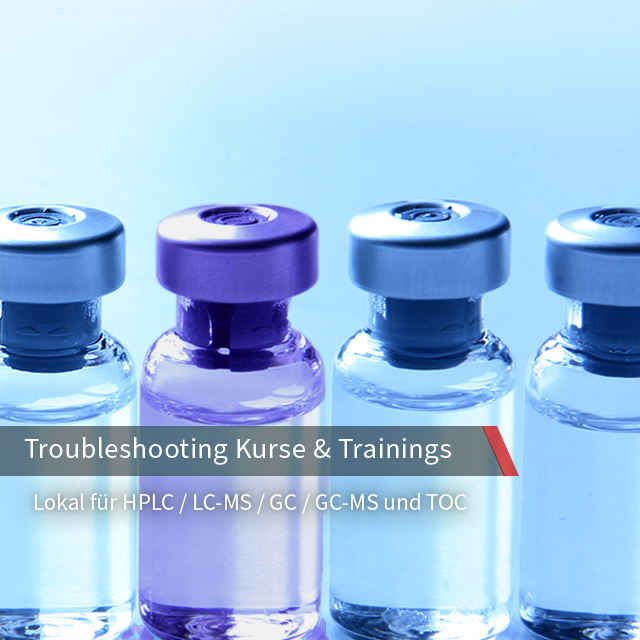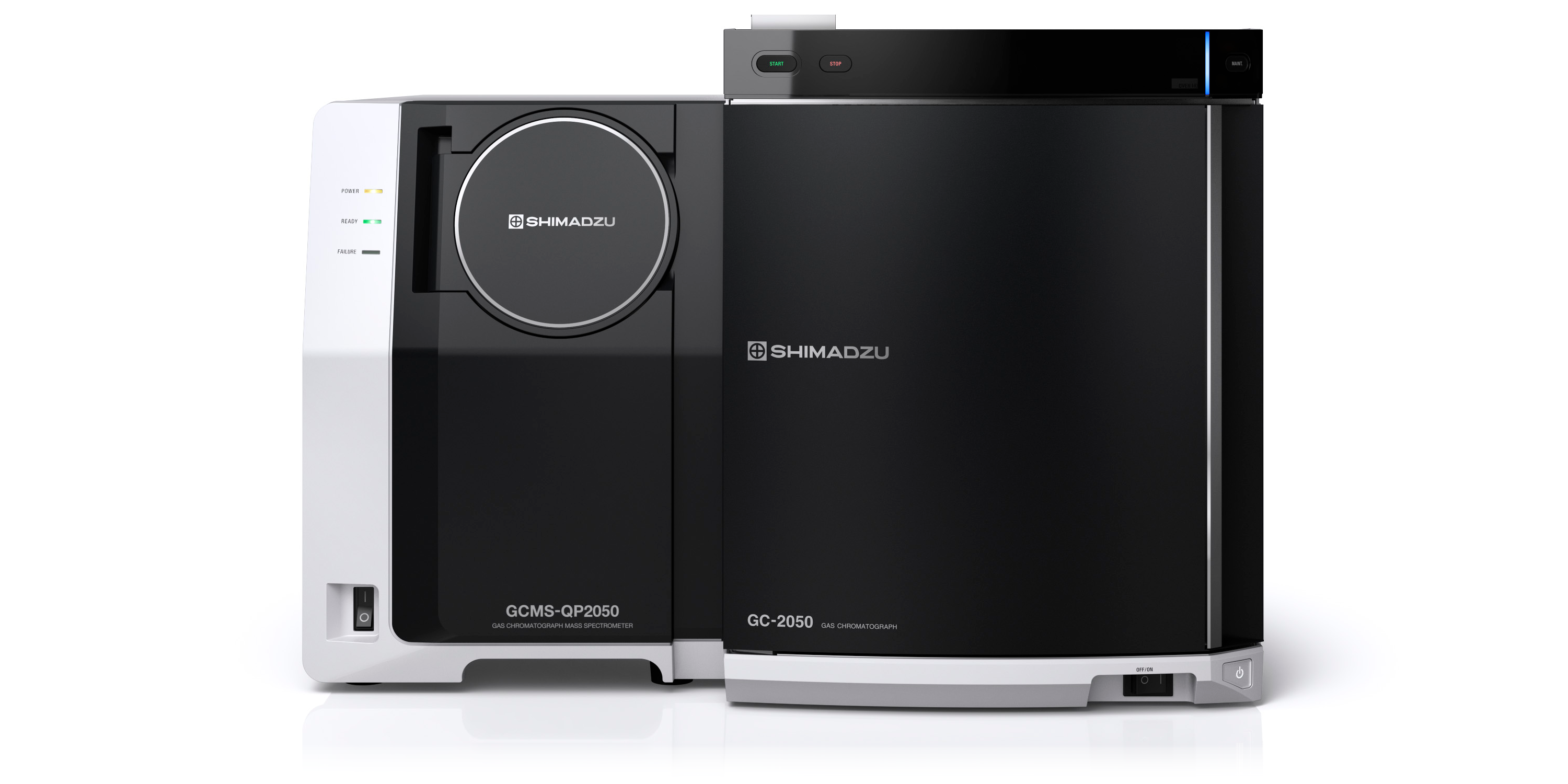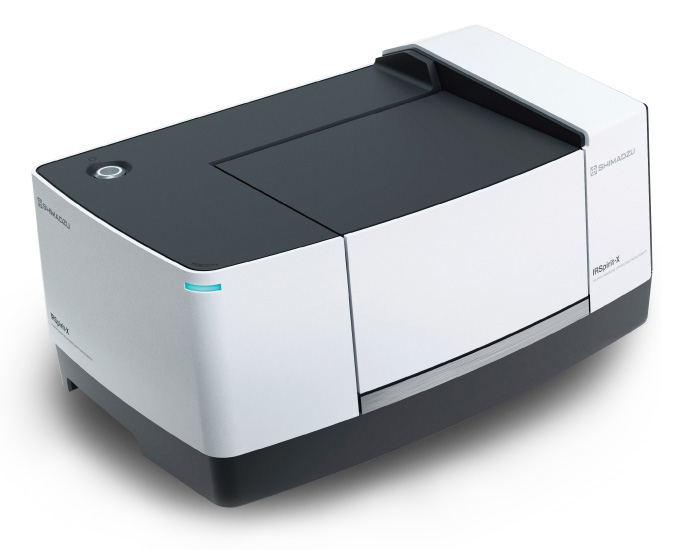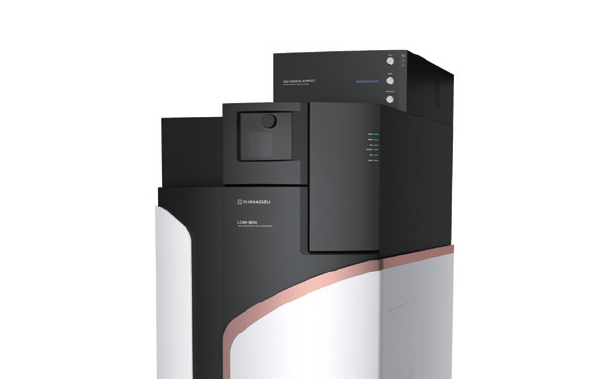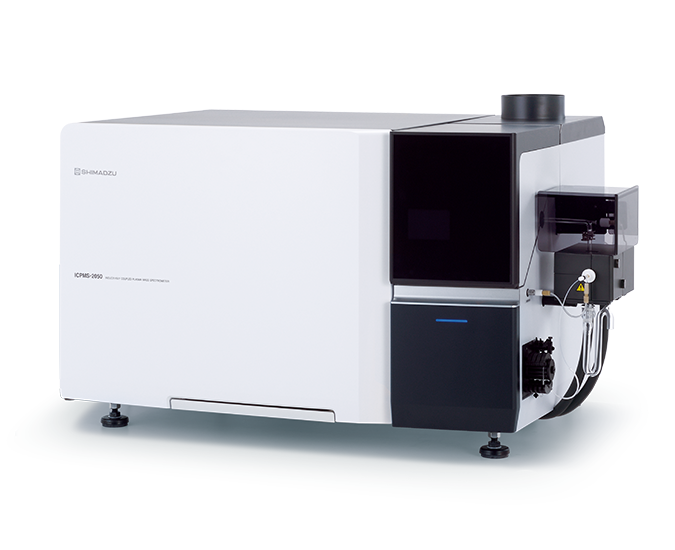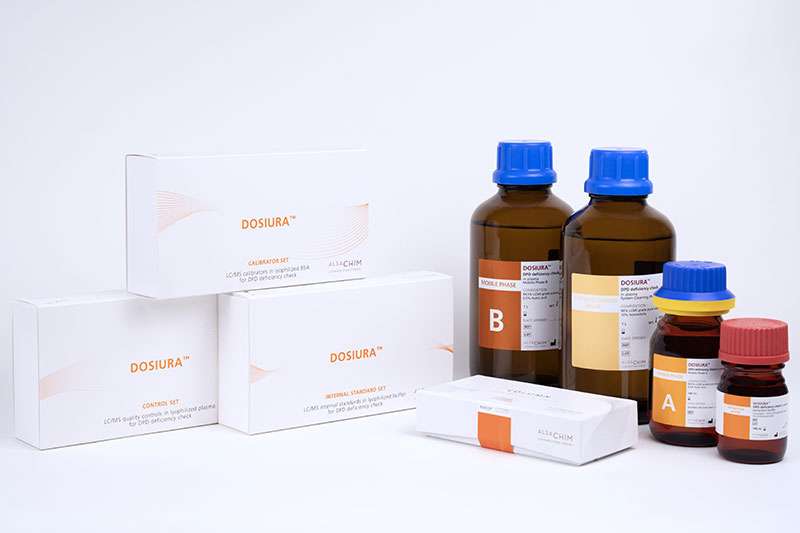Im Fokus
Produktneuheiten
News / Events
-
TOC Software- und Troubleshooting-Kurs - Duisburg
In diesem Kurs werden Sie von erfahrenen Kolleg*innen in kleinen Gruppen unterrichtet. Somit können wir auch flexibel auf ihre persönlichen Fragen/Problemstellungen eingehen.
Der Ablauf des Schulungstages kann grob in folgende Themen gegliedert werden:
Grundlagen der TOC-Analytik, Software-Schulung „TOC Control-L“ / „LabSolutions TOC“, z.B. Erstellen von Kalibriermethoden und Methoden zur Proben- und Kontrollprobenmessung, Einführung in die Gerätetechnik, die Flusslinie, wichtige Bau- und Ersatzteile, gängige Wartungsarbeiten, Troubleshooting -
TOC Software- und Troubleshooting-Kurs - Darmstadt
In diesem Kurs werden Sie von erfahrenen Kolleg*innen in kleinen Gruppen unterrichtet. Somit können wir auch flexibel auf ihre persönlichen Fragen/Problemstellungen eingehen.
Der Ablauf des Schulungstages kann grob in folgende Themen gegliedert werden:
Grundlagen der TOC-Analytik, Software-Schulung „TOC Control-L“ / „LabSolutions TOC“, z.B. Erstellen von Kalibriermethoden und Methoden zur Proben- und Kontrollprobenmessung, Einführung in die Gerätetechnik, die Flusslinie, wichtige Bau- und Ersatzteile, gängige Wartungsarbeiten, Troubleshooting -
Tagung Werkstoffprüfung Dresden 2025
-
Langenauer Wasserforum
-
HPLC Troubleshooting Kurs - Darmstadt
In diesem Kurs werden Sie von erfahrenen Kolleg*innen in kleinen Gruppen unterrichtet. Somit können wir auch flexibel auf ihre persönlichen Fragen/Problemstellungen eingehen.
Für diesen Kurs sind 2 Tage vorgesehen (1. Kurstag Online, 2. Kurstag in Präsenz).
Der Theorieteil (Teil 1) wird als interaktive Online-Veranstaltung durchgeführt, der Praxisteil (Teil 2) als Präsenzveranstaltung.
Beide Kurstage folgen nicht unmittelbar aufeinander. Der dazwischen liegende Tag kann somit für die Anreise genutzt werden. -
Roadshow mit Retsch & CEM




